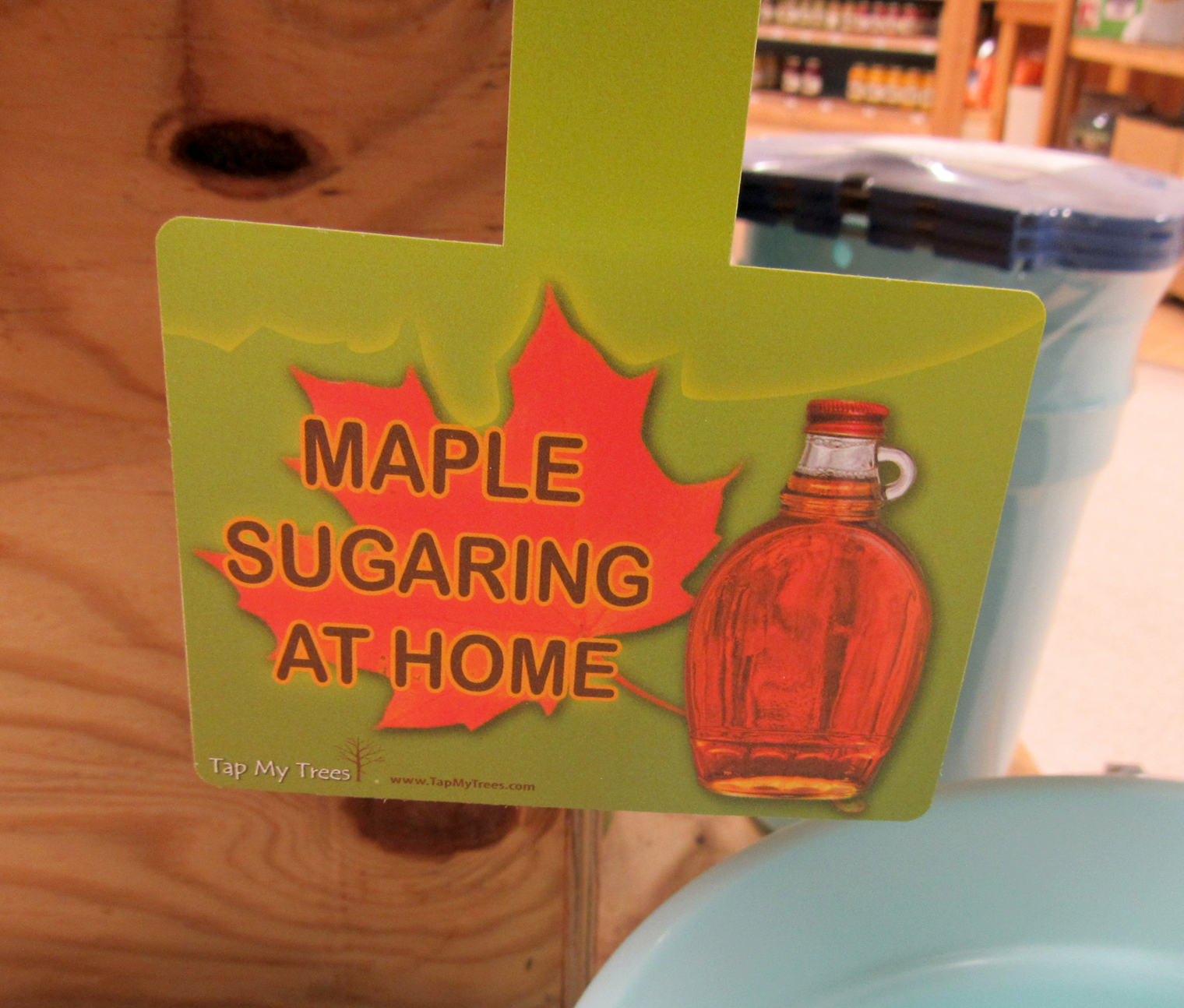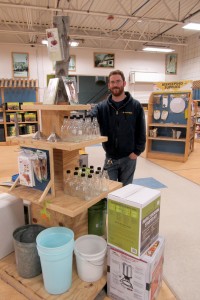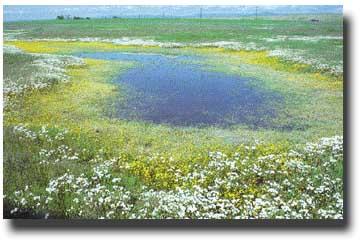Making Maple Syrup at home

February is here and with it comes the beginning of the maple sugaring season.
You may enjoy visiting local maple producers in early spring to watch the process and purchase syrup, but if you have maple trees in your yard, kits and supplies are readily available enabling you to collect the sap and make your own maple syrup at home.
Locally, Country Max stores currently have displays with equipment for sale, including a neatly packaged kit with all the supplies and information you need to get started.
Josh Forbes, who manages the Country Max store in Brockport, says they have been carrying maple sugaring supplies for the hobbyist for the last few years.

“It’s something that’s growing in popularity,” he says, thanks, in part, to the increasing interest in self-sufficiency and “homesteading.”
“People want a more independent lifestyle … and maple syrup tapping is growing along with that,” Forbes observes.
He says it is possible to collect quite a bit of sap from one tree, sometimes four to five gallons in a 24-hour period.
“It takes 10 gallons of sap to make one quart of maple syrup,” Forbes says and explains that Sugar Maples are the best for syrup production, but other varieties of maple can be used such as Red Maple, Black Maple and Silver Maple. Even birch trees can be tapped.
According to the School of Forest resources at Penn State University and the Department of Natural Resources at Cornell University Cooperative Extension, maple syrup is among the oldest natural food products produced in North America with folklore giving Native Americans credit for the discovery of the natural sweetener.
Experts at Cornell and Penn State say minimum tree trunk diameter should be ten inches for tapping. Tapmytrees.com – the website of the manufacturer of the maple sugaring starter kits – says the tree should be at least 12 inches in diameter.
Maple sap gathered from taps in the trunk of the tree needs to be boiled prior to use to kill bacteria and Forbes says the initial boil should be done outside, “… because you are boiling a lot of sap down … some people use a turkey fryer or a large pot (over a wood fire),” he says.
Once the sap takes on a golden color and is mostly boiled down, but still fluid, it can be transferred to a smaller pot and the boiling can be completed inside on top of the stove.
The second boiling takes the sap to the consistency of syrup. The syrup must then be filtered to remove any sediment (a coffee filter is suitable) and stored in a sterilized bottle with a cap in the refrigerator.
Tapmytrees.com recommends using your syrup within two months or freezing for longer shelf life.
The Tap My Trees website also lists the top five reasons for making your own maple syrup which include:
•It’s a fun activity for both children and adults
•It’s educational – providing learning opportunities in science, math, history and
nutrition
•Maple syrup is one of the healthiest sweeteners, containing potassium and magnesium as well as more beneficial antioxidants per serving than cabbage or tomato. It can be used instead of white or brown sugar as a sweetener in many recipes.
•Maple sugaring creates lifetime memories
•It’s a simple process – tapping trees, collecting the sap and boiling it down.
As Forbes points out, at-home maple sugaring is, “… a manageable hobby.”


